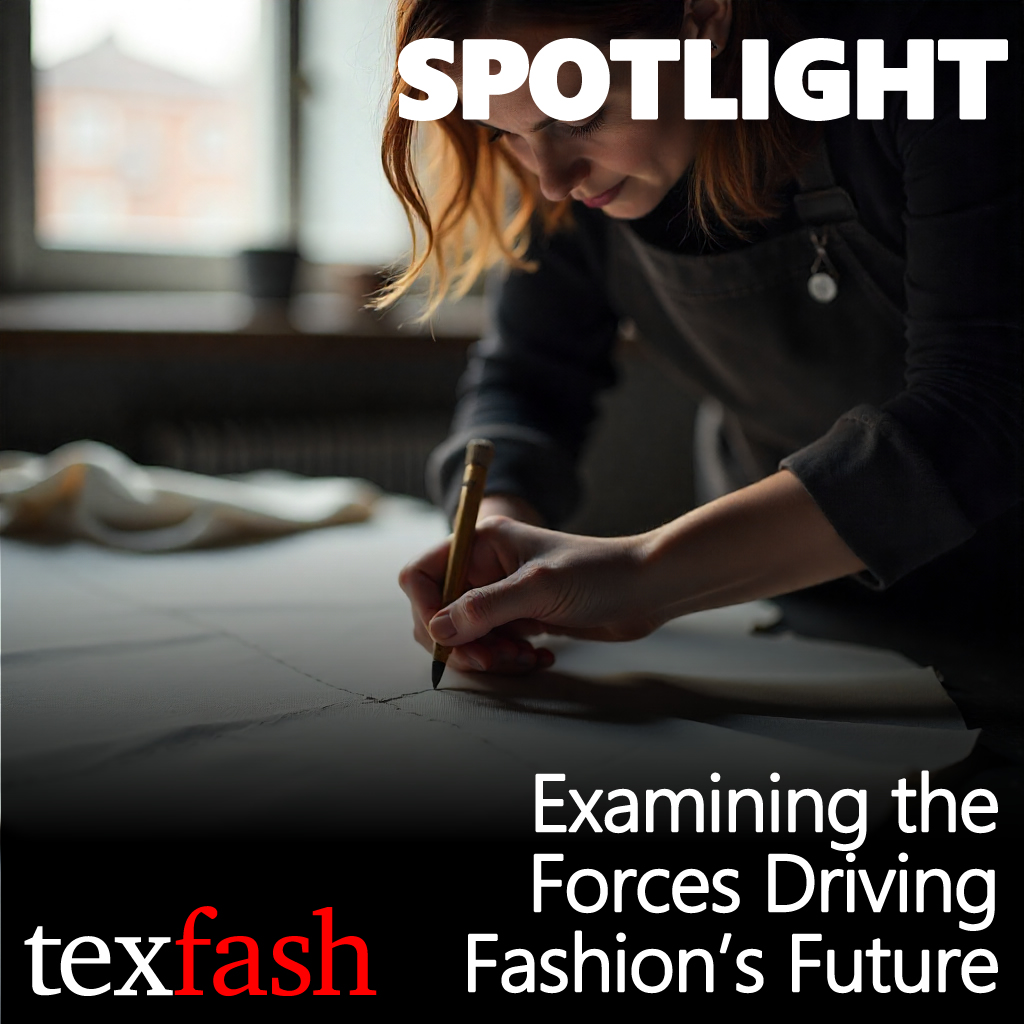UK consumers are supportive of visible Extended Producer Responsibility (EPR) charges on clothing to boost recycling and promote sustainable fashion, says a new research that shows that small, well-presented charges can be an effective and publicly acceptable part of creating a more circular and sustainable clothing industry.
- The research led by WEFT and QSA Partners, delivered by Icaro Consulting with funding support from the University of Leeds Back 2 Baselines research programme, involving over 2,000 UK shoppers, explored whether such a charge could increase funding for recycling and reuse systems, and encourage more sustainable fashion choices, without putting off consumers from making purchases.
- It revealed that a visible charge on clothing items could significantly enhance funding for textile recycling and reuse without deterring consumers. Consumers don’t want things wrapped up in an overall cost or for brands to make decisions for them.
KEY FINDINGS: Among the findings:
- Modest charges are acceptable to consumers: Most consumers said a small charge of £0.50 per item would go largely unnoticed, even on low-cost clothing. Consumers indicated they were unlikely to notice a charge of £1.00 per item on higher-priced items (above £40). Even higher charges (up to £5.00 per item) were needed to influence customer decision-making between “more sustainable” and “less sustainable” products. Responses were consistent across all income groups surveyed.
- Language makes a difference: People in the focus groups prefer the word “charge” over “fee”, and are more comfortable when the purpose of the charge is clearly explained.
- Transparency builds trust: Over 80% of those surveyed supported having the EPR charge clearly shown at the point of purchase. A simple traffic-light style label (green for low-impact, red for high-impact) was far more popular than just showing a number or a charge amount. 60% of those surveyed were in favour of a traffic-light style label showing the charge.
- Understanding drives behaviour: When people easily understood the charge and its purpose, they were more likely to use the information to guide their purchases. Over 70% of people surveyed indicated they’d like to see this charge introduced. 60% of respondents who buy clothing items every week indicated that they’d be likely or highly likely to use simple sustainability information if it was provided.
- Sustainability isn’t yet a top priority– but is on shoppers’ minds: While most people say they care about the environment in principle, their clothing choices are still led by price, comfort, and fit. Sustainability tends to matter more when it’s made easy and visible, especially for those who shop for clothes more frequently.
This research investigating consumer tolerance to EPR fees on clothing was conducted with funding from Back to Baselines, one of three sub-networks within UKRI’s Network Plus programme in Circular Fashion and Textiles.
- The purpose was to determine consumer acceptance thresholds for EPR fees and identify at what price points these fees might begin to alter purchasing decisions.
- The findings provide policymakers and industry with data-based insights for designing effective EPR schemes that could potentially influence consumer behaviour
- UKFT has been working closely with QSA Partners, WEFT and a number of other partners on the project to explore the implications of extended producer responsibility (EPR) for the UK fashion and textile industry and to incentivise circular economy principles across the supply chain.
POLICY IMPLICATIONS: The policy implications listed are:
- Revenue potential: A visible £0.50 to £1.00 charge on clothing could raise £2-£4 billion per year in the UK based on 4 billion items of clothing and accessories being sold each year in the UK (Statista). This could fund significant improvements to textile collection, reuse and infrastructure.
- Incentives for industry: Variable charges, which would be higher for less sustainable products can encourage brands to design longer-lasting, repairable or recyclable clothing.
- Clarity and communication are key: For an EPR scheme to succeed, information must be simple, consistent, and independent – consumers need to trust it.
Making it fair for everyone: Higher charges may disproportionately affect lower income groups, so careful design and communication are essential to ensure fairness and public acceptance.
RECOMMENDATIONS: Success can only come if work is done collaboratively. Recommendations made to government, industry and partners:
- More research into visible EPR charges is needed to test the £0.50 to £1.00 per item tolerance level in more detail and to test how charge levels and labelling influence real-world shopping behaviour.
- Using colour-coded labels to clearly communicate the environmental impact of products should be considered. Policymakers should work with industry to develop such a scoring system.
- Avoid jargon—use the term “charge” and explain the purpose simply.
- Engage trusted organisations to help educate consumers and oversee labelling.
GOING FORWARD: In autumn 2025 WEFT will deliver further, more detailed research on variable fee tolerance.
- WEFT and the University of Leeds will publish a full and detailed academic paper on this initial research so that it’s fully available in the public domain.
HOW & WHY: It was in 2024, that WEFT & QSA Partners investigated how UK consumers respond to the idea of a small, visible fee being added to clothing purchases.
- The study involved four focus groups and a survey of 1,762 UK adults taken from a nationally representative sample who purchased clothing within the last 6 months.
- It identified what levels of charge were noticeable or influential, how consumers preferred the charge to be communicated, and what influenced their willingness to support such schemes.
THE BACKGROUND: The UK Government is reviewing circular economy policy and textiles Extended Producer Responsibility (tEPR) is a hot topic in this discussion. A fundamental question is “what should the tEPR fee be?” Past suggestions of a penny, or ten pence, may be insufficient to fund meaningful collection and recycling in the UK. A vital gap in knowledge is that – until now – no one has asked UK shoppers about their views on the level of fee.
ABOUT: The largest network for fashion and textiles in the UK, the UKFT is the industry’s leading trade association and sector skills body, bringing together brands, designers, manufacturers, suppliers, educators and retailers. It provides support to businesses to comply with UK and international regulations, offering guidance on areas including labelling, safety standards, sustainability, trade rules and Extended Producer Responsibility (EPR).
- WEFT is an independent company leading the textiles industry in developing a fair and balanced tEPR system. As part of its work, WEFT is researching shopper interest and tolerance in tEPR fees.
WHAT THEY SAID:
This research provides critical insights into consumer tolerance and preferences for EPR charges on clothing. It clearly demonstrates how small, well-communicated charges can help drive meaningful changes towards a more circular economy.
— Professor Stephen J Russell
Director, Back to Baselines in Circular Fashion and Textiles
University of Leeds
Consumers clearly told us that transparency is essential. They want simple, visible information at the point of sale to help them make sustainable choices. It’s encouraging to see such widespread support for practical steps towards greater sustainability in fashion.
— Kristina Bull
Co-founder
WEFT



















